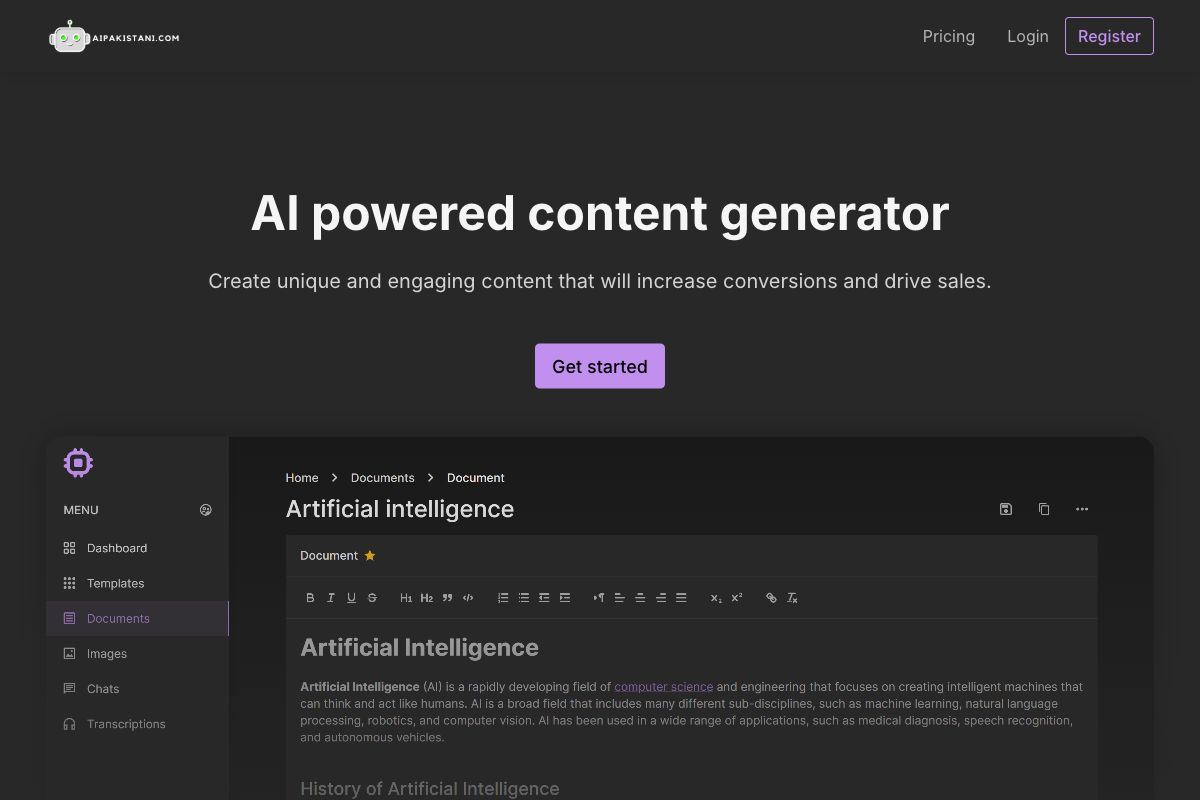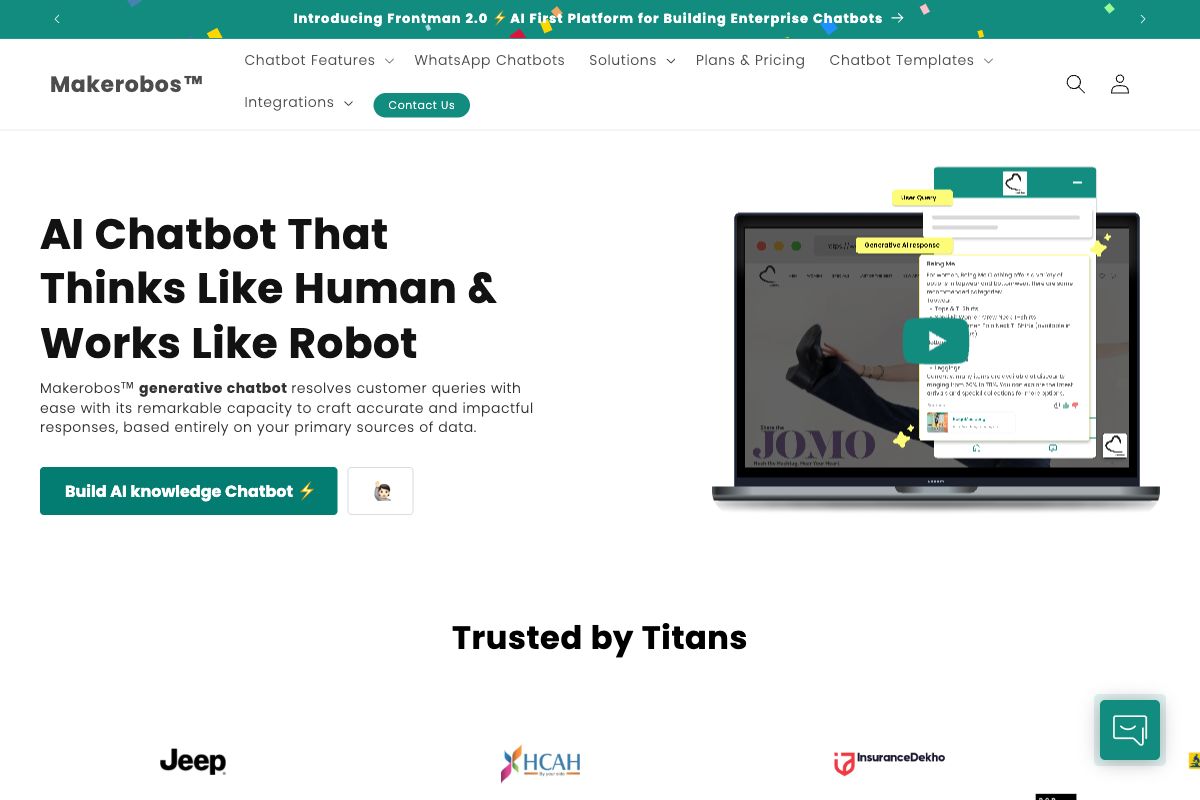gpt-prompt-engineer
gpt-prompt-engineer is a tool that takes the experimentation of prompt engineering to a new level. Users can input a task description and test cases, and the system will generate, test, and rank prompts through models like GPT-4, GPT-3.5-Turbo, Claude 3 Opus.
Key features include prompt generation, testing with an ELO rating system, classification handling, and support for Anthropic's Claude 3 Opus model for advanced learning. Various tools like Weights & Biases for logging and enhancements like the Claude 3 Opus->Haiku conversion version further extend capabilities. Set up is simple using a Google Colab or local Jupyter notebook environment.
Key Features
Pros
- Automates prompt generation and testing processes.
- Utilizes multiple AI models including GPT-4 and Claude 3 Opus.
- ELO rating system provides clear prompt performance ranking.
- Support for advanced models like Claude 3 enhances flexibility.
- Simple integration via Google Colab or Jupyter notebook.
Cons
- Potentially expensive with many prompts generated.
- Requires API keys for full functionality.
- Advanced features may have a steep learning curve for beginners.
- Reliant on external AI models which may limit control.
- Limited support for non-classification use cases.
Frequently Asked Questions
What is the primary function of the gpt-prompt-engineer tool?
It generates, tests, and ranks AI-generated prompts to find the most effective ones for a given use-case.
Which AI models does the tool support?
The tool supports GPT-4, GPT-3.5-Turbo, Claude 3 Opus, among others.
How does the ELO rating system work in gpt-prompt-engineer?
Each generated prompt is assigned an ELO rating based on their test performance, allowing the most effective prompts to rank higher.
What are the Claude 3 Opus -> Haiku conversion features?
It allows for the creation of performance-driven AI systems by leveraging Claude 3 Opus for latent space and Claude 3 Haiku for output generation.
How can users set up and use gpt-prompt-engineer?
Users can set it up on Google Colab or a local Jupyter notebook, adding API keys for model access, then input descriptions and test cases to start generating prompts.






